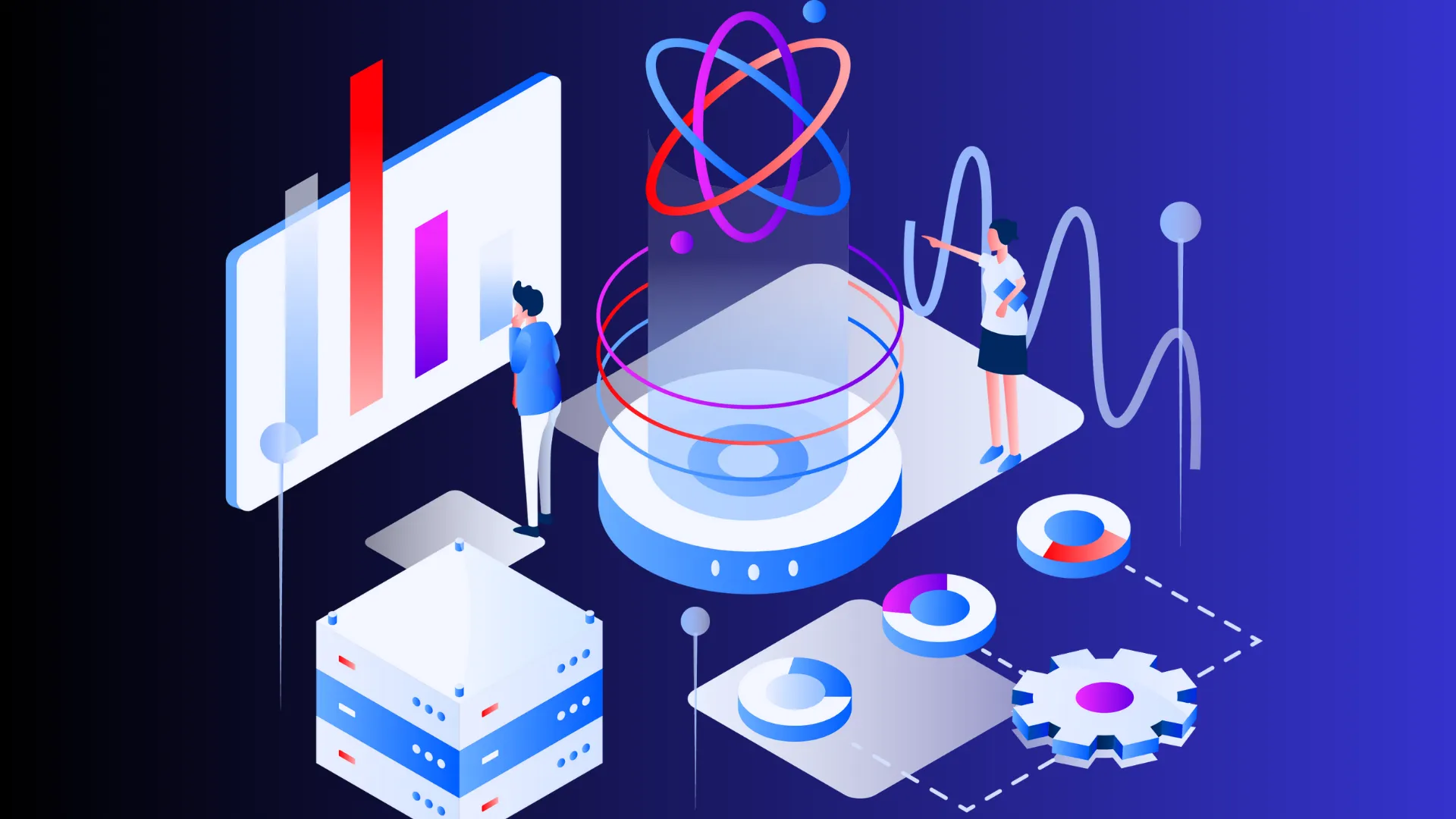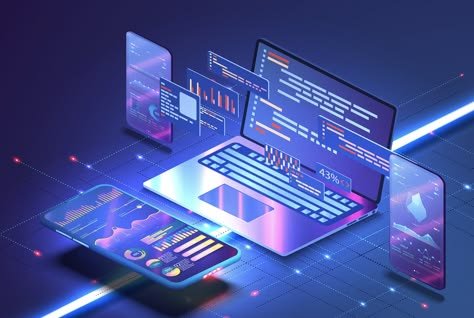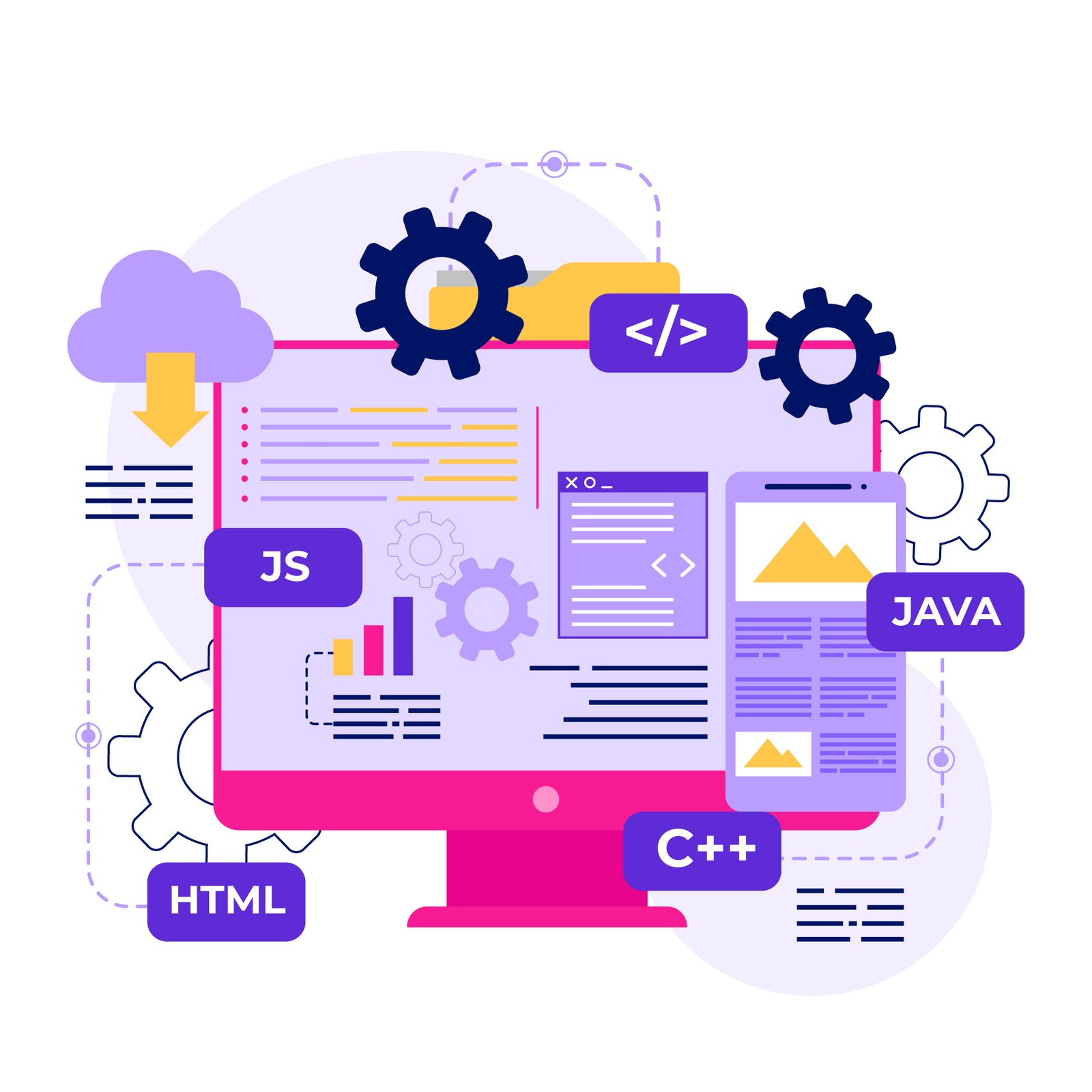The world is revolving around data. And data is generated in millions every day. This causes the inconsistency and structure to get mixed for the business processes. But data science and data analytics are key in data-based decisions. They seem similar but have different roles within an organization. Each is crucial for understanding and leveraging data effectively. So, if you want to know how it differs, let’s dive in.
What is data science?
Data science is a comprehensive field that focuses on the extraction of insights. It can be from various data sources and can be raw and structured. The ultimate aim of data science is to gather, process, and analyze large datasets. And data science and data analytics helps to discover patterns and answers.
Crucial know-how about data science
Scope: Data science tackles vast amounts of data to pose exploratory questions.
Tools and techniques: It integrates machine learning, predictive modeling, and statistical analysis.
Outcome: Uncovers patterns and predicts future trends to guide organizational strategy.
Techniques and tools used in data science
Hire Data Science Company rely on various techniques to interpret complex datasets. Methods like ML algorithms and predictive analysis allow data scientists to uncover answers. They build predictive models that help businesses preemptively address challenges.
What is data analytics?
Data analytics is a subset of data science that extracts insights from existing datasets. Unlike data science and data analytics which are more open-ended, data analytics seeks to solve specific problems. And answer questions with an immediate impact on current processes.
Related Blog: Top 9 Data Science Trends in 2025: Things to know
Crucial know-how about data analytics
Scope: It narrows down on existing datasets to resolve present challenges.
Tools and techniques: Primarily uses statistical analysis and data processing.
Outcome: Provides short-term insights to optimize ongoing business processes.
Techniques and tools in data analytics
Data analysts work with existing data to gain insights into specific issues or opportunities. They employ techniques like descriptive statistics, data mining, and visualization.
Key differences between data science and data analytics
Here is a quick overview of the comparison between the two processes.
Goal
Data Science: Focuses on exploring and asking new questions to reveal future trends.
Data Analytics: Concentrates on answering existing questions for immediate improvements.
Scope
Data Science: Covers a broad range, working with large amounts of structured and unstructured data.
Data Analytics: Has a narrower scope, typically confined to specific, structured datasets.
Tools and Techniques
Data Science: Employs machine learning, predictive modeling, and advanced statistical analysis.
Data Analytics: Relies on statistical analysis, data visualization, and data mining techniques.
Outcome
Data Science: Provides long-term insights that guide strategic planning and innovation.
Data Analytics: Yields short-term insights that help enhance day-to-day operations.
Role Focus
Data Science: Aim at the “big picture” tasks with broad impact across the business.
Data Analytics: Specializes in specific areas or domains within a business.
Industrial Use
Data Science: Suitable for long-term projects like predicting customer behavior and trends.
Data Analytics: Ideal for immediate needs like analyzing the performance of a marketing campaign.
Which is better for your business?
Here are some of the benefits your business gets with data science and data analytics.
Data science is ideal for:
- Businesses aiming to drive future strategy with data-backed insights.
- Projects that require predictive modeling to foresee market trends.
- Companies want to develop and maintain a competitive advantage.
Data analytics is ideal for:
- Solving immediate business challenges with data-driven insights.
- Companies looking to improve specific processes or optimize resource allocation.
- Business units needing targeted analysis for short-term projects.
Data science application: Consider an e-commerce platform that wants to increase customer retention. Hire data scientists can analyze customer purchase behavior and improve engagement. This long-term approach helps the company maintain customer loyalty over time.
Data analytics application: A retail company may use data analytics to identify which product features. By analyzing this data, the company could make quick changes to its marketing approach. So, you can boost sales and enhance customer satisfaction in the short run.
The combined approach of data science and data analytics
The relationship between data science and data analytics is in synergy. Businesses that leverage both approaches can gain a deeper data understanding. Data science provides strategic foresight, while data analytics delivers tactical insights.
Such as a company might use data science to predict customer trends. This combination allows companies to adapt quickly and respond to market shifts.
Conclusion:
In today’s data-driven world, knowing the difference between data science and data analytics is essential. While both deal with data, they vary in approach, scope, and outcomes. Using both helps businesses innovate and adapt, ensuring success in a competitive market. Or you can Hire Data Scientists for your business.



